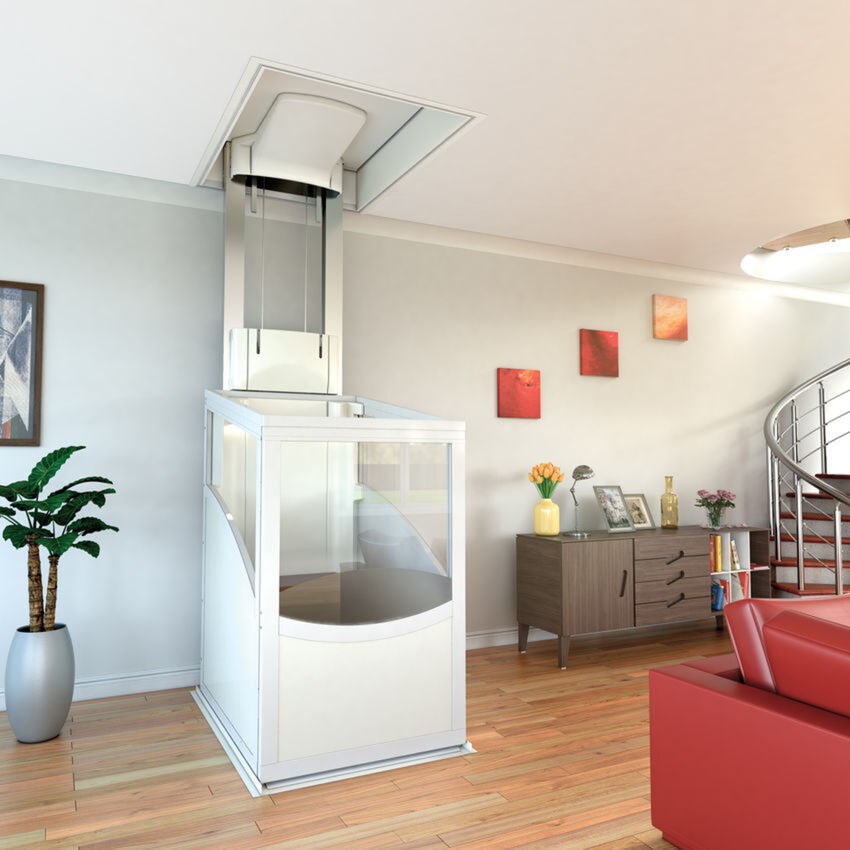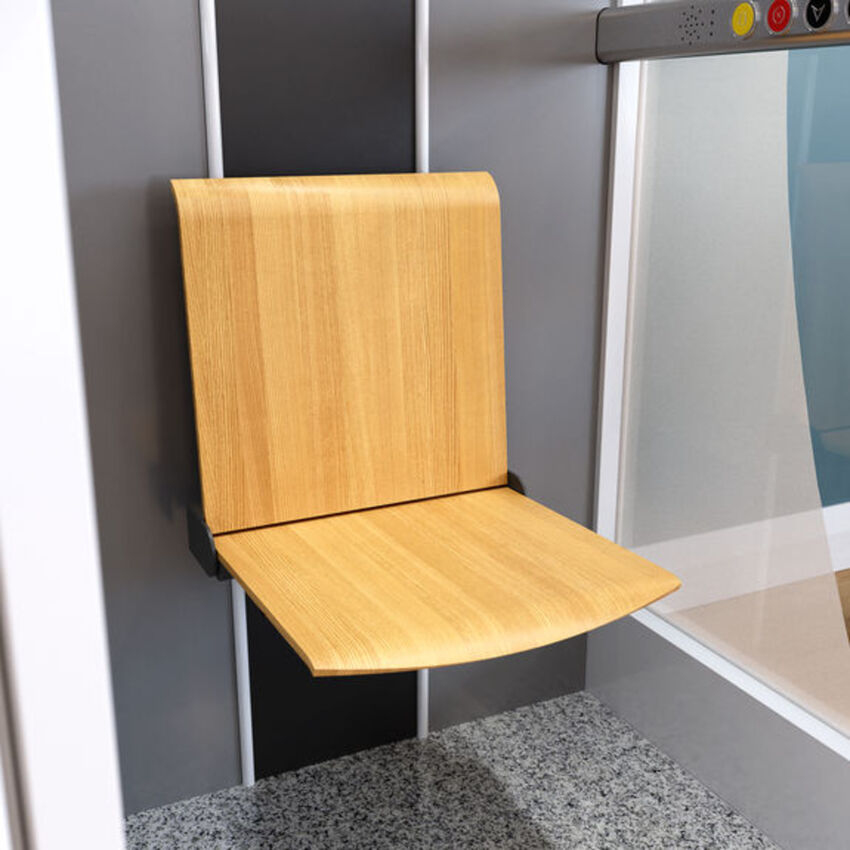The home lift glossary and jargon buster

It doesn’t matter what you plan to buy; there are always commonly used words you may not be familiar with. When it comes to home lifts, this is no different as there are many specialist terms used by engineers and businesses that you are unlikely to have heard of before, or you may not know what it means.
We want to try and keep things as simple as possible for customers, and we have put together a home lift glossary of terms, or lift jargon buster, to help identify commonly used words and confusing terms often used in the home lift industry.
The ultimate home lift glossary of terms and jargon buster

Home lift
A home lift is a term that is used for a domestic or residential lift. Home lifts are generally smaller than commercial lifts to make them more appropriate for home installation. Home lifts are vital for people with limited mobility as they allow them to access all floors of their property.
Commercial platform lift
A commercial platform lift refers to any platform lift in a commercial setting, such as offices, shops etc. However, platform lifts can be installed virtually anywhere, including homes and schools.
Backup battery
This is an emergency power source that will allow you to continue using your home lift should there be a power failure. At Companion Homelifts, each home lift has a dedicated battery backup which will always return you to the ground floor during a power cut, where you can exit the car using a manual release.
ALSO READ: FAQs
Weight capacity
This term is commonly used in the home lift industry. It refers to the total amount of weight that a home lift can carry. For safety purposes, you should always stay within the weight capacity stated for the home lift model you have bought.
Call button
By pressing the call button, it will call the home lift to the level of your home. So, for example, if you are on the upper floor of your home, the home lift will travel up to that floor.
Cab
The cab, also known as a car, is what transports passengers from one floor to another. At Companion Homelifts, you can choose from open and enclosed cab styles.
ALSO READ: Answering your questions about lift maintenance and repairs
Traction drive system
Many home lifts use a traction drive system, which refers to the power and strength behind lifting the cab and its passengers.
Home assessment

If you are interested in buying a home lift, you will need to book a home assessment. This is where an expert engineer will visit your home and assess the best place to install a home lift and which model would be best suited to your home.
British Standards compliant
Our home lifts are British Standards compliant, and this means that our home lifts have been assessed to conform to British Standards. Compliance assures customers that they will receive consistent products/ services due to the controls a business has in place.
In-car communications
In-car communications allow passengers to call a third party during an emergency situation. A connection will need to be required to a telephone line, but in an emergency, passengers can speak to emergency services or family and friends if they need help.
ALSO READ: Tips for cleaning your home lift safely
Control panel
The control panel sits inside the home lift and houses all the buttons you need to operate it. This can include an alarm button, emergency stop, light switch, floor buttons and more.
Landing
This is a word used to describe each floor on which the home lift will open.
Pit
The pit provides clearance for the support components below the floor of the home lift car, allowing the home lift floor to align with the lowest landing floor.
ALSO READ: The best home improvement shows to watch in 2023
CE compliant
The CE marking shows that the manufacturer has checked that these products meet EU safety, health or environmental requirements and that it complies with EU legislation.
Traction drive system
Traction home lifts move using a system of steel ropes or belts. This can help them to move faster than other types of home lifts, and they can also travel longer vertical distances.
Hydraulic lift system
Hydraulic lift systems are oil-based systems that use pressure to move the home lift up and down. These types of systems generally have a very small box that stores hydraulic oil, and they are linked to the home lift. When a passenger presses the ‘up’ button, oil is pushed through pipes from the oil reservoir using a pump, and as it is pumped through, the pressure pushes the home lift upwards or downwards.
ALSO READ: What are the most popular episodes of Grand Designs?
Automatic Gate Operator
This is an electro-mechanical device that opens and closes the doors of the home lift automatically.
Hoistway
You may see this term used, and a hoistway refers to the enclosed area in which the home lift travels.
Sheave
This is a name for a pulley.
Home lifts have become a popular addition to a home as they not only improve the accessibility of a property but also modernise it too. You can buy home lifts in the UK by contacting Companion Homelifts here or on 0800 117 0155.
For more tips, guides, and advice, visit our news page.
This news article is from Companion Stairlifts. Articles that appear on this website are for information purposes only.
